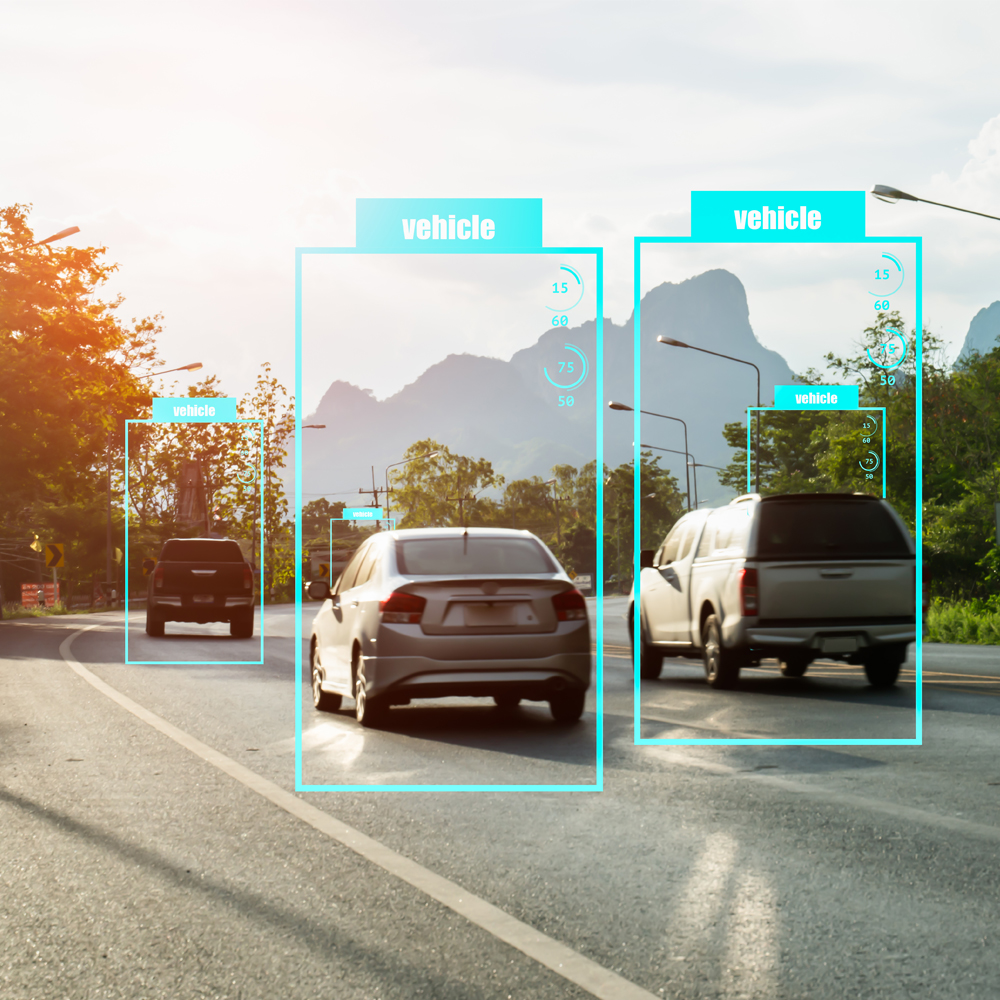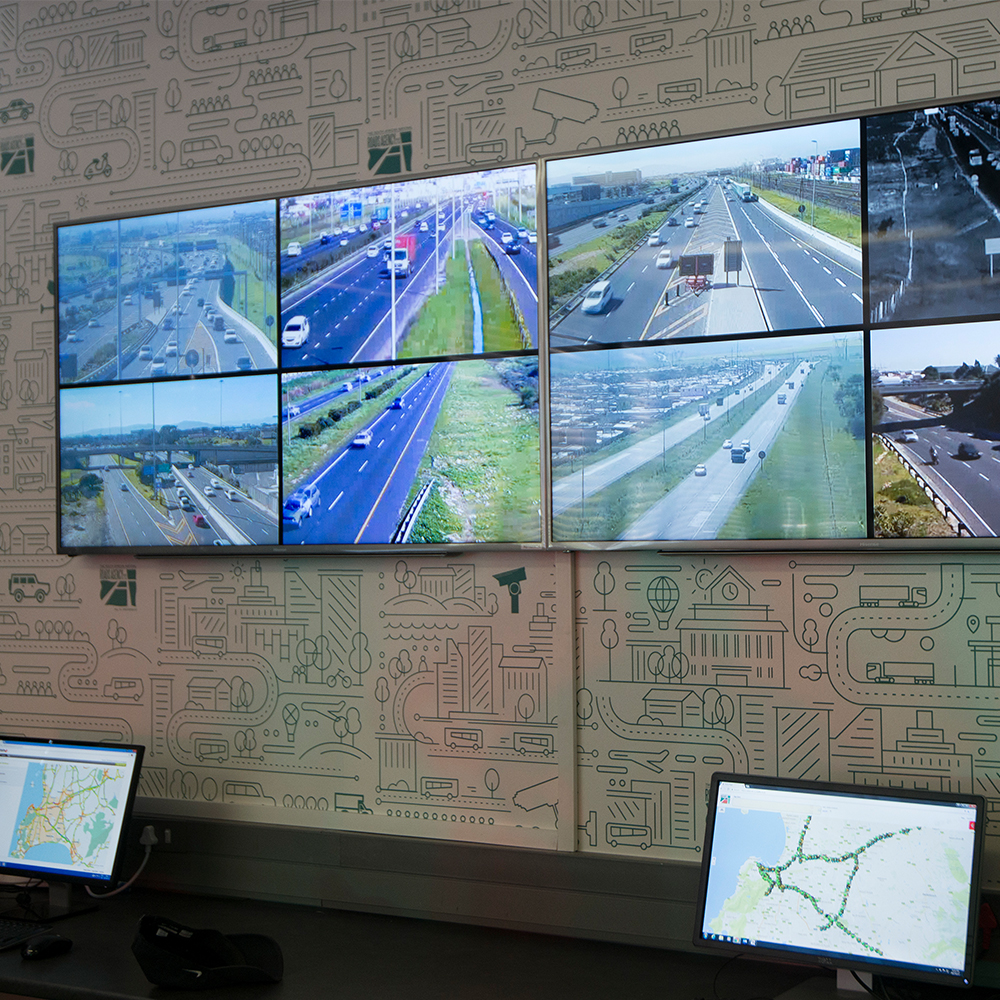SANRAL plays a vital role in designing, constructing and maintaining a road traffic system that works to reduce human error and minimise crashes. SANRAL’s Engineering for Road Safety lead and project manager for the Eastern Region, Jason Lowe, describes the agency’s Safe System model.
All stakeholders in road safety are agreed that it is unacceptable that so many South Africans are being seriously injured or killed on our roads. This is also the premise at the heart of an approach to road safety that has been adopted by roads agencies across the globe, including SANRAL: the Safe System model.
The strength of the Safe System approach lies in its emphasis on our shared responsibility for road safety. To eliminate deaths and serious injuries requires everyone – from road users and policymakers to transport planners, vehicle manufacturers, infrastructure designers and roads agencies like SANRAL – to play their part.
The need for action is urgent, and the Safe System approach offers an effective framework for changing things through data-driven, evidence-based interventions. By leveraging innovation in infrastructure and our growing understanding of the human factors that influence risky behaviours, we can create a road system that protects lives and prevents injuries.
Many crashes are the result of risky behaviours and traffic violations, but others are caused by errors of perception and judgement. A road environment that guides user behaviour reduces the potential for mistakes, and is more forgiving when mistakes are made. This can vastly improve road safety outcomes.
An important aspect of the Safe System model is ensuring that engineering and design features encourage vehicles to operate at safe and appropriate speeds. Global evidence shows that speed deterrents, speed cameras and various traffic-calming measures can have a significant safety impact.
Last year the International Road Federation (IRF) officially recognised the agency’s road safety engineering efforts and awarded SANRAL the 2020 ‘Find a Way’ Global Road Safety Award.
In recent years, a number of SANRAL projects, such as the upgrades at various major intersections in Kimberley in the Northern Cape and the upgrade of the Moloto Road that spans Gauteng, Mpumalanga and Limpopo, have incorporated speed-calming measures. Installation of traffic circles in place of traditional intersections with traffic lights, for example, has reduced approach speeds and the potential for high-speed collisions.
Other aspects of road safety engineering prioritised on recent SANRAL projects include the widening and realignment of roads to allow for wider recovery areas and safer overtaking opportunities, while eliminating blind rises.
The Safe System approach also places emphasis on vulnerable road users such as pedestrians – who account for 35% to 40% of all road deaths in South Africa. SANRAL prioritises infrastructure that improves accessibility and safety for pedestrians, and
increases their visibility, such as pedestrian sidewalks, crossings, bridges and street lighting.
To end deaths and serious injuries on our roads, we need interventions that target the ways in which drivers and other road users interact with that environment. For this, we need behaviour change. Road user behaviour is a key pillar of the Safe System approach. Behavioural challenges such as distraction, substance abuse and failure to comply with the rules of the road – among drivers, pedestrians and other road users – all contribute to our road safety crisis.
Behavioural change interventions offer an important and often cost-effective way of addressing these. We need to better understand the complex factors underlying individual behaviour – and then design targeted, context-appropriate behavioural solutions.
Gathering data about road user behaviour is critical to this. Across the country, SANRAL’s growing Freeway Management System (FMS) captures valuable real-time information that can help optimise interventions and direct resources. SANRAL is also spearheading several research projects to better understand behaviour in specific locations and geographic areas. The outcomes will inform future engineering interventions.
Such an intelligence-led, data-driven approach to road safety is critical, but we can only unlock its full potential through effective partnerships across all sectors of society.
By coordinating our efforts in this way, we can achieve SANRAL’s vision of better, safer roads for all.



